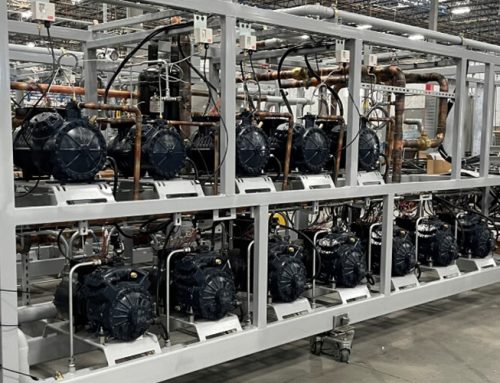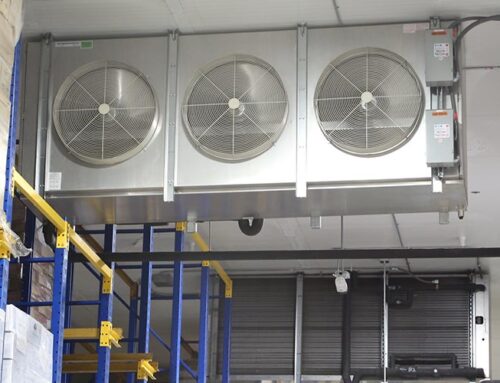Industrial CO2 Refrigerant: Answers to Frequently Asked Questions You Need to Know
The use of CO2 as a refrigerant in the industrial refrigeration industry has created quite the buzz for a few reasons.
For starters, it is considered one of the most promising refrigerants available today. It is safe for the environment, making it a top alternative to harmful hydrofluorocarbons (HFCs).
However, there are still lingering questions and misconceptions circulating regarding the use of CO2 as a refrigerant. Is it safe to use? Is it cost-effective in the long run? Is it just a passing trend?
With that in mind, here are answers to some frequently asked questions about CO2.
Q. Is it safe to use CO2 as a refrigerant for industrial applications?
A. Yes. CO2 refrigerant (R744) has a safety classification of “A1,” which means it is non-toxic and non-flammable. This makes it one of the safest refrigerants available today.
Carbon dioxide is a stable compound. It is not highly reactive and does not readily form chemical bonds with other substances. The thermophysical properties of CO2 make it a good fit for refrigeration cycles and refrigeration systems.
Q. What are the common applications for CO2 refrigerants?
A. CO2 refrigerant has been widely adopted in different applications throughout the years.
The most common applications are industrial refrigeration, food retail refrigeration, heat pumps, and transport refrigeration. Depending on the application, CO2 can be used as a refrigerant in many different types of systems, including subcritical and transcritical configurations – as well as serving as a secondary fluid.
Q. Is CO2 cost-efficient?
A. CO2 refrigerant is readily available to purchase and abundant by nature. This is the primary reason it is cheaper than synthetic refrigerants.
Although CO2 refrigeration systems typically have a higher upfront price, the overall operating and total cost of ownership can be significantly lower compared to traditional HFC systems.
Q. How can CO2 refrigeration systems help when it comes to refrigerant regulations?
A. Regulatory agencies are enforcing policies that limit the use of refrigerants with high Global Warming Potential (GWP) and Ozone Depletion Potential (ODP).
Because CO2 has a GWP of 1 and ODP of 0, it is safe for the environment and exempted from existing and upcoming refrigerant regulations. Using CO2 provides your business a “future-focused” refrigeration solution.
Q. Do you need a certified technician to handle CO2 refrigeration systems?
A. Adoption of natural refrigerants, such as CO2, requires special training. Therefore only qualified and certified technicians should work with CO2 refrigeration systems.
Businesses can tap into refrigeration training providers to educate and develop the skills of their own technicians for operating CO2 refrigeration systems.
Q. How will the adoption of CO2 improve the world?
A. Undeniably, CO2 is the refrigerant of today and the future. Its potential to reduce the impact of refrigerants on the earth’s atmosphere and on the environment, in general, is very promising.
CO2 serves as a clear solution for industrial refrigeration users who must meet increasingly strict regulatory mandates. The sooner we spread the adoption of CO2 refrigerant in our industry, the better we will help curb the ill effects of climate change on our planet.
Resources:
https://blog.isa.org/why-co2-is-the-most-promising-refrigerant-in-the-cooling-industry
https://www.achrnews.com/articles/84847-the-case-for-using-carbon-dioxide-as-a-refrigerant
https://www.cimcorefrigeration.com/news-info/co2-refrigeration-faq




